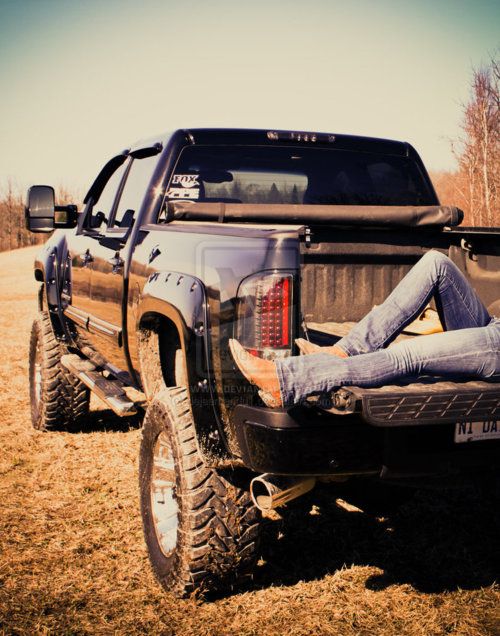Cancel
{{year}} {{make.VehicleMakeName}} {{model.VehicleModelName}} {{desc.TrimDescription}} View Results AttentionYou have items in the cart. Adding this vehicle will empty your cart.
View Results AttentionYou have items in the cart. Adding this vehicle will empty your cart.
For help with fitment, Live Chat with our fitment experts.
Get started by selecting your YEAR | MAKE | MODEL above.
We carry wheels & tires for your car, truck, SUV, and off-road vehicles.
Got questions? Call the store near you now (888) 505-8473
Do you want to know what your new wheels will look like before you buy them?
The RAW Wheels + Tires Visualizer helps you find your perfect match without any guesswork.
Style matters, and you won’t find your dream wheels without taking them for a visual test ride.
From sports cars to trucks, SUVs, and offroad toys, trying out a wide range of wheels can ensure that you find a product you love at a price you can afford.
Our Wheel Visualizer is the best way to try out different rim sizes, designs, colors, and styles. Virtually trick out your ride, so you know exactly what you’re getting IRL.
When you access your vehicle in the Visualizer, you’ll find a range of wheels designed to fit your year, make, and model, taking into account wheel diameter, offset width, and lug pattern.
Buying wheels designed to fit your vehicle means you’re getting rims that can be used as-is, no modification required.
Even if you have a custom ride, the RAW Wheels + Tires Visualizer has rims and tires made for your whip.
After choosing your vehicle’s year, make, model, trim package, and color, you’ll see a vehicle that looks exactly like your own.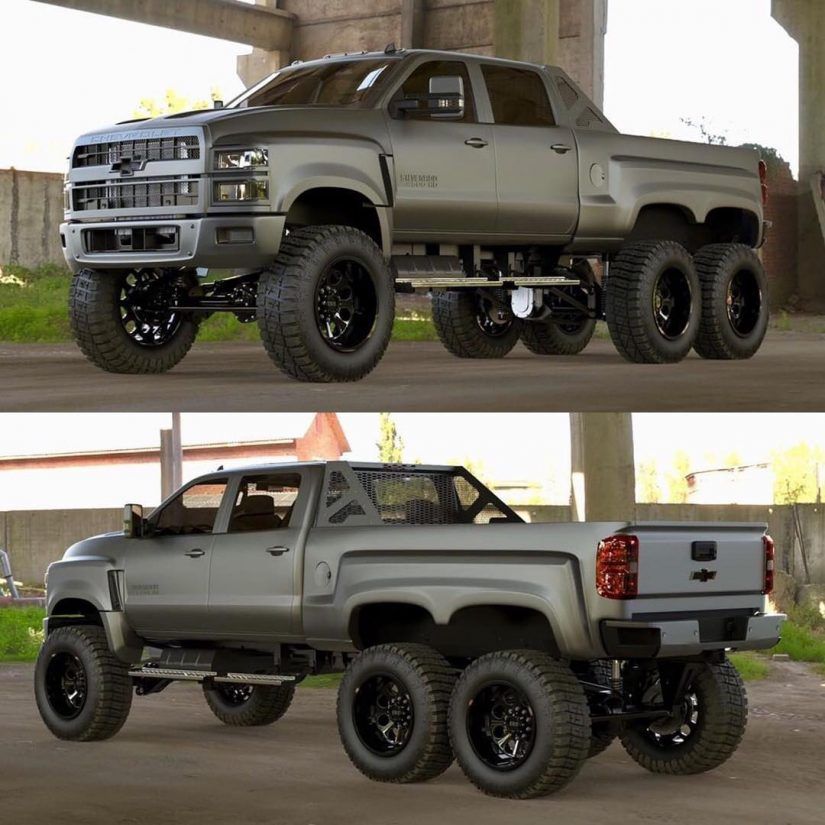 With our up-to-date databases, even the newest cars are available in the Rent A Wheel Visualizer.
With our up-to-date databases, even the newest cars are available in the Rent A Wheel Visualizer.
If your exact vehicle isn’t available, you can choose a similar car to test out styles from our inventory of over one million wheel and tire package options.
Scroll through our database of top brands and styles, and click on whatever speaks to you for an instant preview of how they’ll look on your ride.
It’s completely free to try as many styles as you want. Have some fun with it, and try new styles and designs outside of your comfort zone. You never know when you’re going to find a new favorite wheel.
When you find the perfect rims, it’s time to choose tires. Different sidewall heights and wheel styles can drastically change the appearance of your vehicle.
Once you’ve previewed the wheel and tire combo of your dreams, it’s time to check out.
With Rent A Wheel, you know that you’re getting the lowest prices on the market alongside free shipping, free mounting, free balancing, and free installation by Rent A Wheel’s 5-Star certified shops.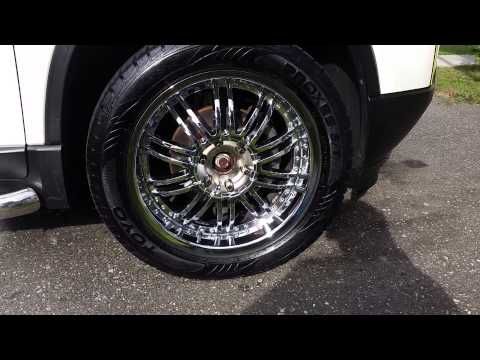
There is no reason to guess how a new set of custom wheels or tires will look on your vehicle — with the help of our convenient, online Wheel Visualizer tool, we can show you instantly. See what your dream wheels will look like on your exact car, truck, Jeep, or SUV. The Vehicle Visualizer application provides a unique wheel shopping experience that’s unlike any other, allowing you to “style-fit” before you buy!
Our interactive Vehicle Visualizer is the most realistic way for you to see how any set of rims or tires will look on your vehicle BEFORE they arrive at your door. Compare countless styles right from your couch, all with the click of a button! This tool puts you in the driver’s seat, allowing you to build the best ride possible. Preview wheel models, upgrade rim sizes, swap wheel finishes, and more!
Our Wheel Visualizer is powered by extensive databases and contains images of thousands of wheel and tire package designs.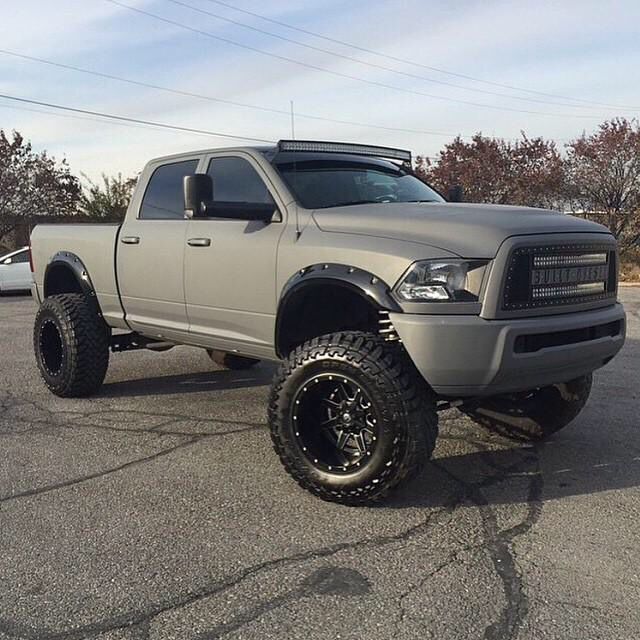 You also have access to thousands of vehicles, and our selections are updated daily! That means that even the NEWEST wheel designs and vehicle models can be style-fitted. If your vehicle does not appear in the Visualizer tool, it does not mean we do not offer wheels or tires for your specific car, truck, Jeep, or SUV. All you have to do is contact BB Wheels directly at 320-333-2155 opt #1 and speak to one of our Fitment Experts. We’ll be more than happy to help you!
You also have access to thousands of vehicles, and our selections are updated daily! That means that even the NEWEST wheel designs and vehicle models can be style-fitted. If your vehicle does not appear in the Visualizer tool, it does not mean we do not offer wheels or tires for your specific car, truck, Jeep, or SUV. All you have to do is contact BB Wheels directly at 320-333-2155 opt #1 and speak to one of our Fitment Experts. We’ll be more than happy to help you!
Stop guessing and start seeing. Begin by selecting your vehicle’s year, then make, model, and submodel as needed. To get the best results, make sure you also know the diameter of the rims you need. Have questions about how to use our Vehicle Visualizer? Give us a call, and we can address your concerns, walk you through how to use the online tool, and talk to you about your best wheel and tire options. We want to exceed your expectations and become your number one source for wheels and tires!
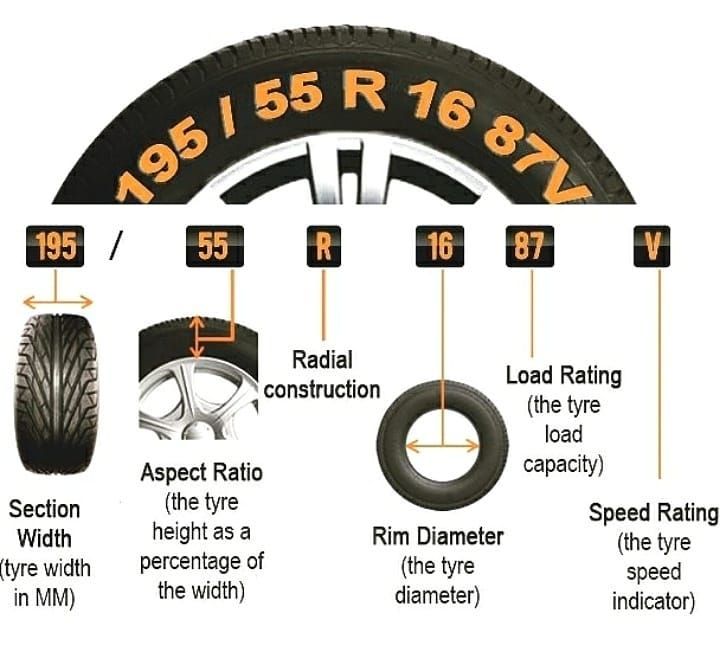 There are four main types of wheels: Steel Wheels, Alloy Wheels, Chrome Wheels, and Forged/Cast Wheels. While Steel, Alloy, and Chrome are so named because of the materials used to make the wheel, Forged/Cast wheels are named for the method used to make the wheels.
There are four main types of wheels: Steel Wheels, Alloy Wheels, Chrome Wheels, and Forged/Cast Wheels. While Steel, Alloy, and Chrome are so named because of the materials used to make the wheel, Forged/Cast wheels are named for the method used to make the wheels.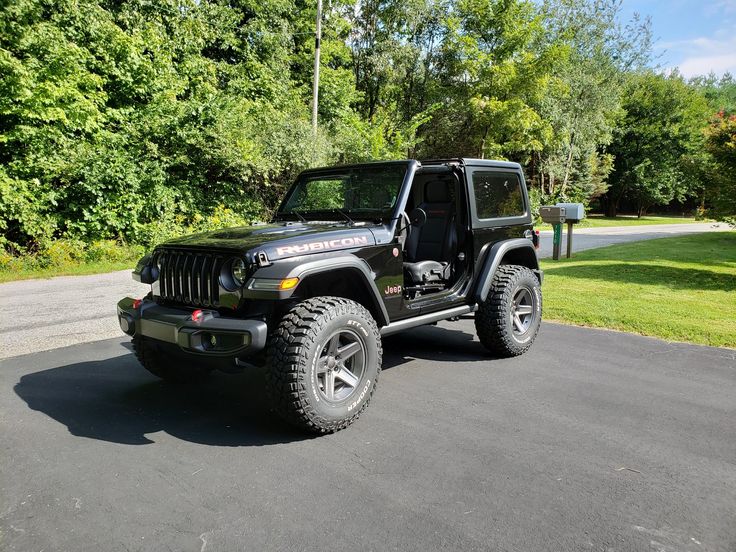 To measure the wheel offset, measure the distance between the centerline of the wheel and the wheel mounting pad. To measure the bolt pattern, first find out what kind of bolt pattern your wheels have (five lug, six lug, eight lug, etc.), and then measure the distance between the farthest bolts in millimeters. All of these measurements together will allow you to make sure you buy the right size rims and wheels for your vehicle!
To measure the wheel offset, measure the distance between the centerline of the wheel and the wheel mounting pad. To measure the bolt pattern, first find out what kind of bolt pattern your wheels have (five lug, six lug, eight lug, etc.), and then measure the distance between the farthest bolts in millimeters. All of these measurements together will allow you to make sure you buy the right size rims and wheels for your vehicle!
The sidewall of a tire has all the information you need to know about it.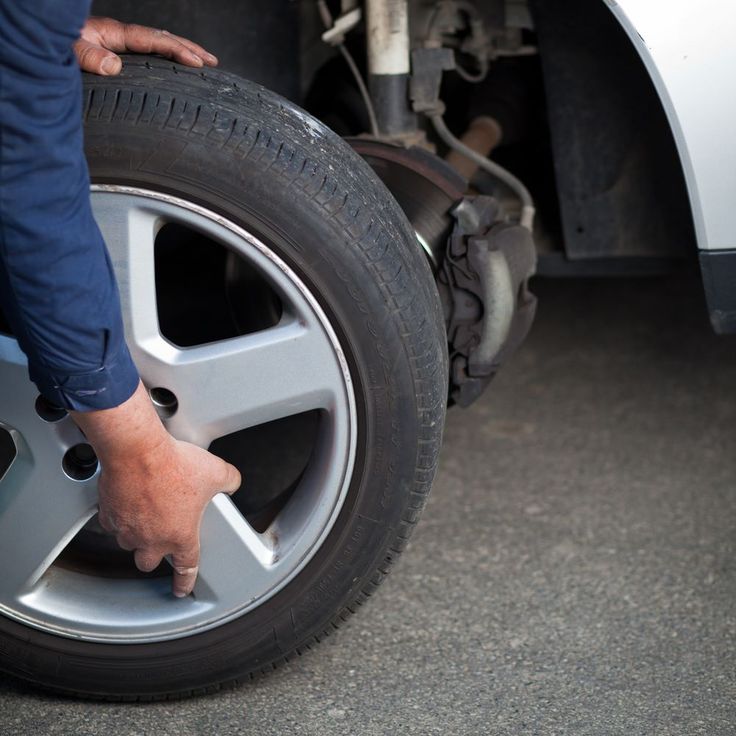 Below you will find a small guide to deciphering all these numbers and letters.
Below you will find a small guide to deciphering all these numbers and letters.
Tire width from side to side in mm.
Ratio of the section height of a tire to its width, expressed as a percentage. For example, a profile height of 65 means that the height of the tire is 65% of its width
Wheel diameter (height) in inches.
The maximum load per tire (in kg) depends on the load index. The load index value is printed on the sidewall of the tire to the right of the diameter value.
For example, for a tire with a load index of 91, the maximum load is 615 kg.
When buying new tires, consider the load and speed indexes in combination. In addition, you should always follow the recommendations of your vehicle manufacturer.
The Speed Index is the maximum allowable speed at which a properly inflated tire can be driven under load. The speed index, indicated by a letter, is located after the load index on the sidewall of the tire. For example, for a tire with a speed index of V, the maximum speed is 240 km/h.
The speed index, indicated by a letter, is located after the load index on the sidewall of the tire. For example, for a tire with a speed index of V, the maximum speed is 240 km/h.
When buying new tires, it is important to consider that their speed rating matches the vehicle's speed capabilities.
Your vehicle may be compatible with tires with load and speed ratings that differ from those specified in the manufacturer's documentation.
However, it is always worth checking first whether the vehicle manufacturer allows the installation of such tires and whether their operation is permitted by the current legislation. Always comply with all legal requirements in your country regarding the characteristics of the tires used, and also take into account the recommendations of the vehicle manufacturer regarding speed and load. If necessary, consult your dealer before purchasing or installing tires.
Is it possible to use tires with higher speed ratings than those recommended by the car manufacturer?
Yes, you can.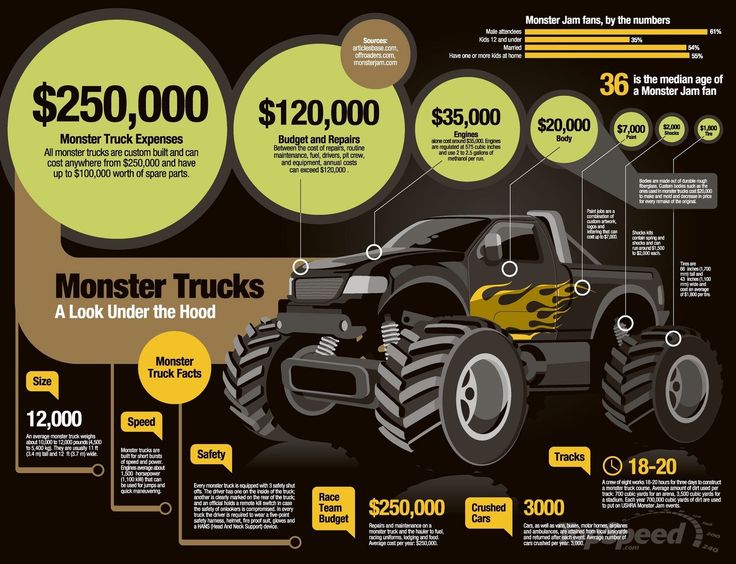 However, it is always worth checking first whether the vehicle manufacturer allows the installation of such tires.
However, it is always worth checking first whether the vehicle manufacturer allows the installation of such tires.
Can tires with higher load indexes be used than those recommended by the car manufacturer?
Yes, you can. However, it is always worth checking first whether the vehicle manufacturer allows the installation of such tires.
Can tires with higher speed and load ratings be used than recommended by the car manufacturer?
Yes, you can. However, it is always worth checking first whether the vehicle manufacturer allows the installation of such tires.
Can tires with lower speed ratings be used than those recommended by the car manufacturer?
Yes, it is possible. These can be all-season or winter (M+S) tires with a lower speed index, if: a) a sticker indicating the maximum speed limit is in the driver's field of vision; b) the driver does not exceed the specified maximum speed limit. However, it is always worth checking first whether the vehicle manufacturer allows the installation of such tires and whether their operation is permitted by the current legislation.
Can tires with higher load indexes and lower speed indexes be used than recommended by the car manufacturer?
Yes, it is possible. These can be all-season or winter (M+S) tires with a lower speed index, if:
a) a sticker indicating the maximum speed limit is in the driver's field of vision;
b) the driver does not exceed the specified maximum speed limit. However, it is always worth checking first whether the vehicle manufacturer allows the installation of such tires and whether their operation is permitted by the current legislation.
Refer to the vehicle owner's manual for load limits. Overloading a vehicle puts unnecessary stress on its tires and other structural elements. This can lead to poor handling, increased fuel consumption and tire damage. Tires may develop large cracks, defects or tears.
The presence of the letter "P" or the absence of letters indicates that this is a tire for a passenger car.
The letter "R" stands for radial construction. Most tires manufactured today are radial.
Most tires manufactured today are radial.
This mark indicates that the tire meets the United Nations Economic Commission for Europe (UNECE) standards for pneumatic tyres.
This is the maximum pressure for your tire. Check your vehicle's owner's manual for recommended tire pressures, which affect your vehicle's handling, cornering and braking behavior, and fuel consumption.
The letters "TWI" indicate the location of the tire tread wear indicators. You should regularly pay attention to them in order to monitor the degree of tread wear. In most European and Customs Union countries, the minimum permitted tread depth is 1.6mm.
The four-digit code indicates the week and year of manufacture of the tire.
Tires have been the most important element of car safety for over 100 years.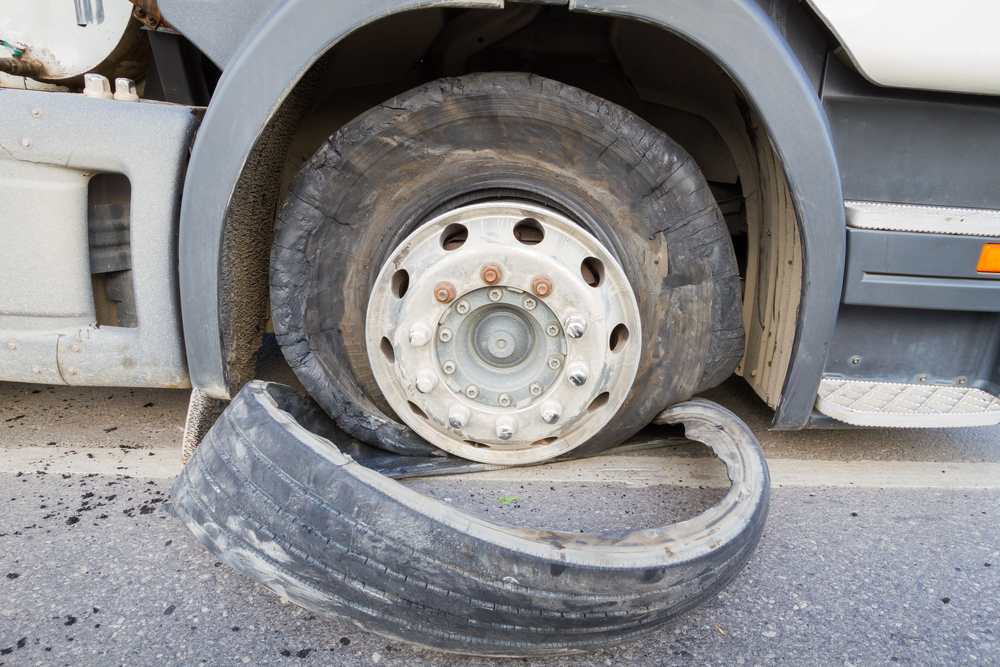 After all, they are the car's only contact with the road. Even the most powerful engine, the most powerful brakes and the most advanced anti-skid system depend on tire grip. Therefore, it is very correct to buy rubber.
After all, they are the car's only contact with the road. Even the most powerful engine, the most powerful brakes and the most advanced anti-skid system depend on tire grip. Therefore, it is very correct to buy rubber.
So if a consumer has tires that are worn out, under-inflated or not suitable for the environment, they put themselves, their car and others at risk. But most drivers don't know enough about tires to make a wise purchase. For some, the choice comes down to price and availability. Others buy tires based on looks or reputation.
© shutterstockSimply put, a tire is a flexible container of compressed air.
Modern tires are made up of 19-25 different components. Tires are made from the inside out, not the outside in.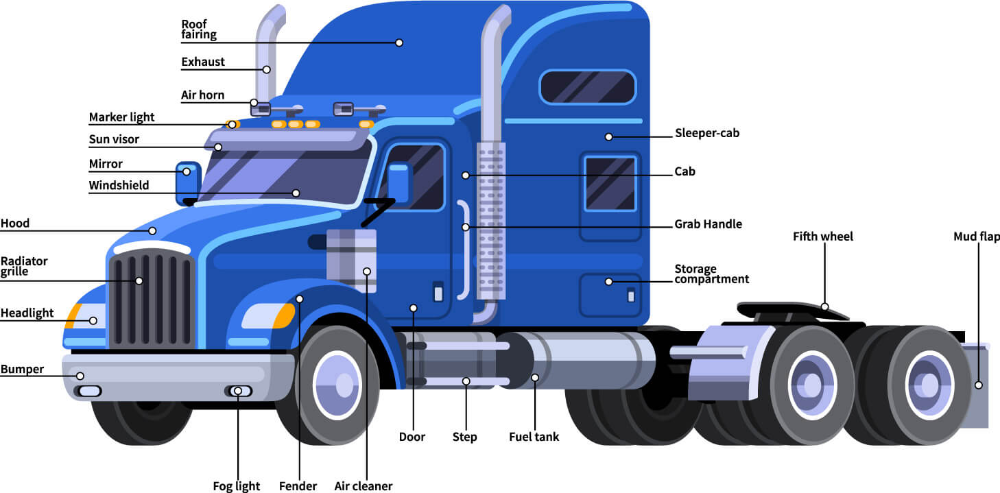 The heart of every tire is the inner layer. Its task is to give the tire shape and retain air.
The heart of every tire is the inner layer. Its task is to give the tire shape and retain air.
Fabric straps wrapped around inner liner. The bead attaches to the bottom of the fabric straps and holds the tire to the wheel.
Each passenger car and light truck tire has an alphanumeric code on the sidewall that describes the size of the tire. For most tires, this code begins with the letter "P". Some may start with the letter "LT", meaning light truck.
Some tires may have a maximum load rating. When selecting new tires, it is important to ensure that the tire's load rating is not lower than the tire you are replacing.
Perhaps the biggest mistake a customer can make when changing tires is the wrong size. On the sidewall of your tire, you will find a code indicating the size and characteristics of the tire. Here is an example code:
P195/60R16 63H M+S
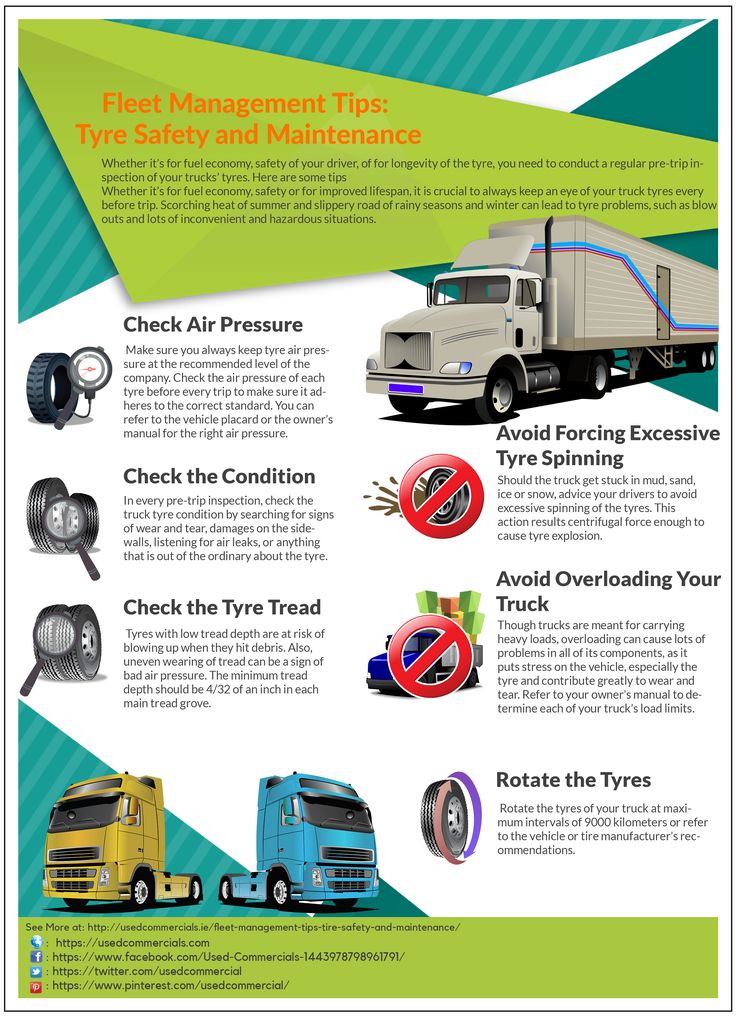
If the tire size code starts with LT instead of P, it means that the tire is designed for light trucks. Light truck tires are designed for heavy payloads and are commonly used on pickup trucks and SUVs.
When it comes time to buy a set of new tires, drivers have many options. Traditionally, the most expensive option is to return to the dealership. Dealers will replace worn tires with OE tires. This option can cost twice as much as going to the local store down the street.
This local store, whether it's a national chain or a family run business, is probably the best place for the average consumer to buy new tires. Prices can be reasonable and a service manager will help buyers choose the right tire for their vehicle.
However, consumers should always shop for the best prices. Tire prices and fittings vary greatly from store to store.
Another option is a discount tire retailer. These wholesale tire distributors sell tires at huge discounts.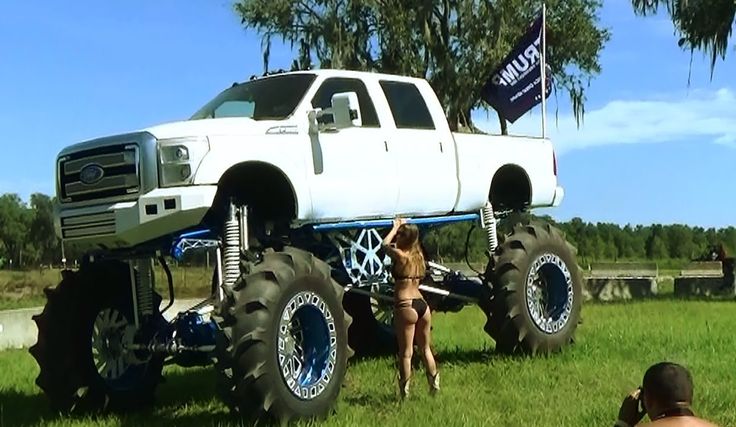 In addition to low prices, they are often just a phone call or mouse click away.
In addition to low prices, they are often just a phone call or mouse click away.
No matter where you buy your new tires, there are a few things to keep in mind:
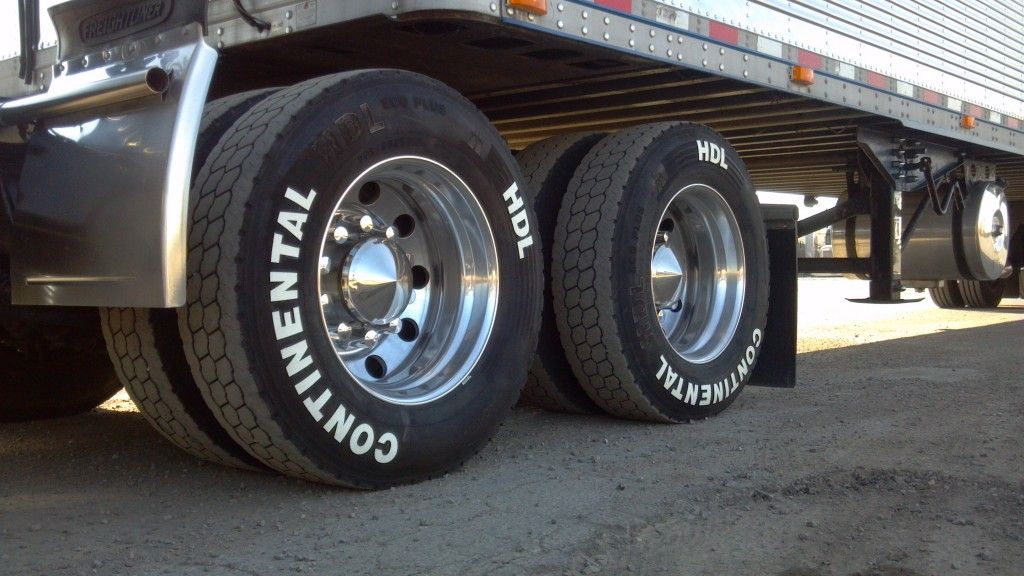
Tire life depends on several factors, including:
tire manufacturer estimates.
The rougher the road conditions, the faster your tire will wear.
There are two pieces of data that will help you estimate how many miles you can expect from a set of tires: the tread wear rating and the tire's warranty mileage. The degree of tread wear is indicated as a number on the sidewall of the tire after the word "tread wear". The higher this number, the more likely the tire will last longer.
Take all your options and start reading reviews.